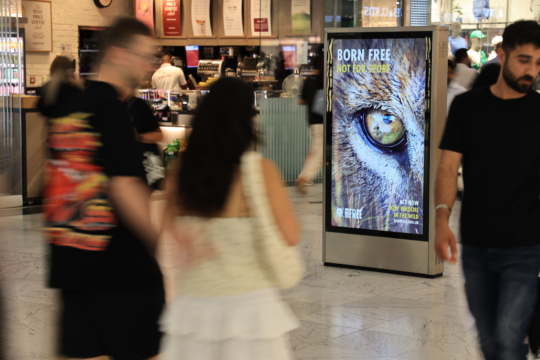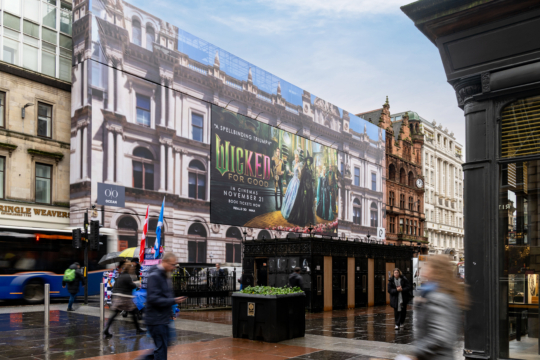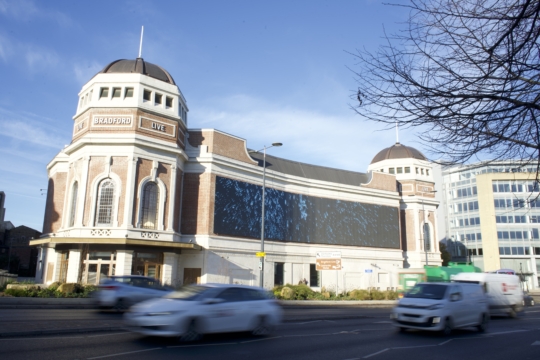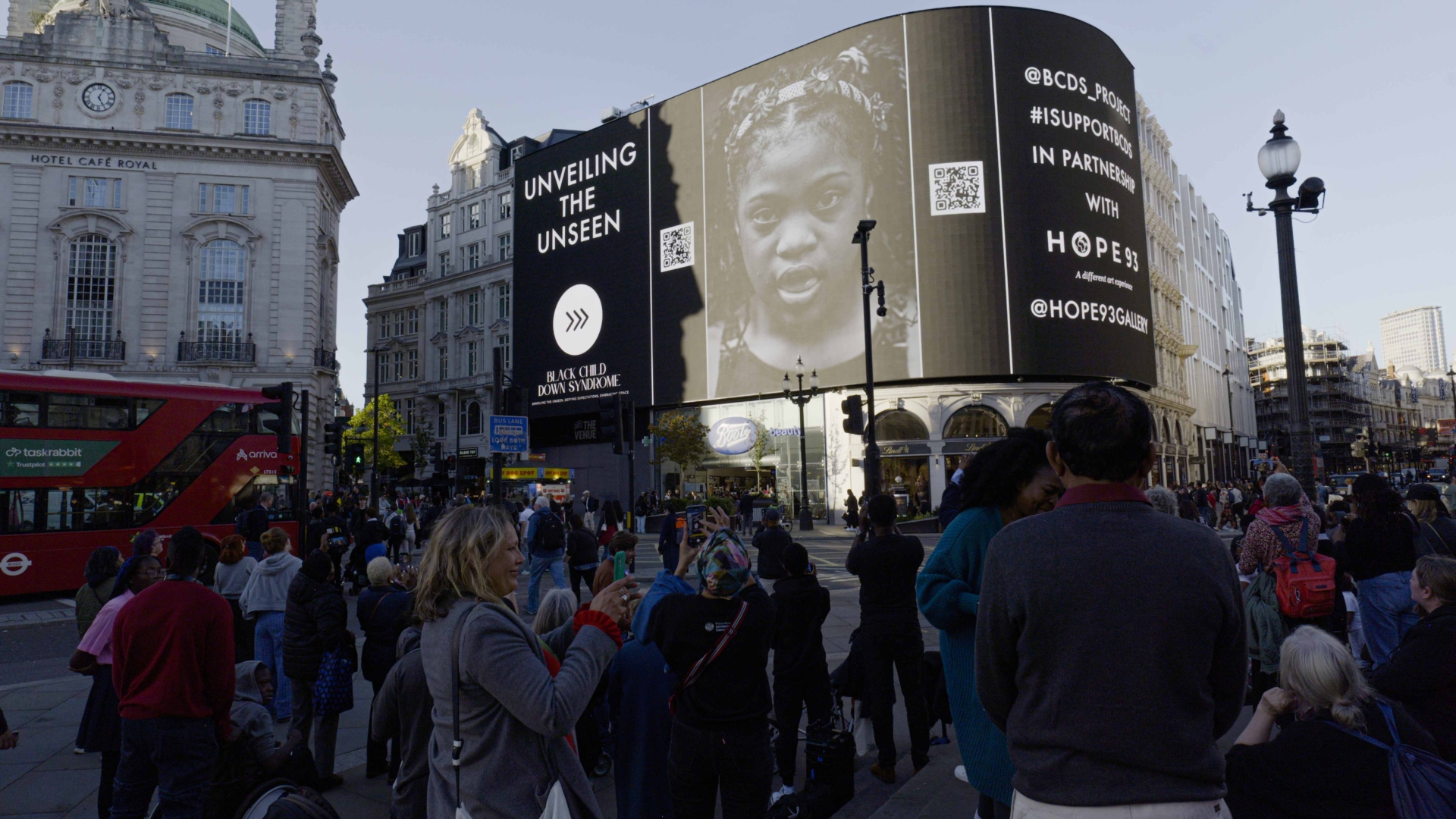
Every October we celebrate Black History Month, a chance to reflect, learn and amplify voices across our network.
This year, on Piccadilly Lights and across our wider network, we highlighted the Reflecting Radiance exhibition. An exhibition that launched on World Down Syndrome Day, and showcases the strength and individuality of Black children with Down Syndrome through a series of powerful images.
The campaign challenges stereotypes and affirms that representation matters.
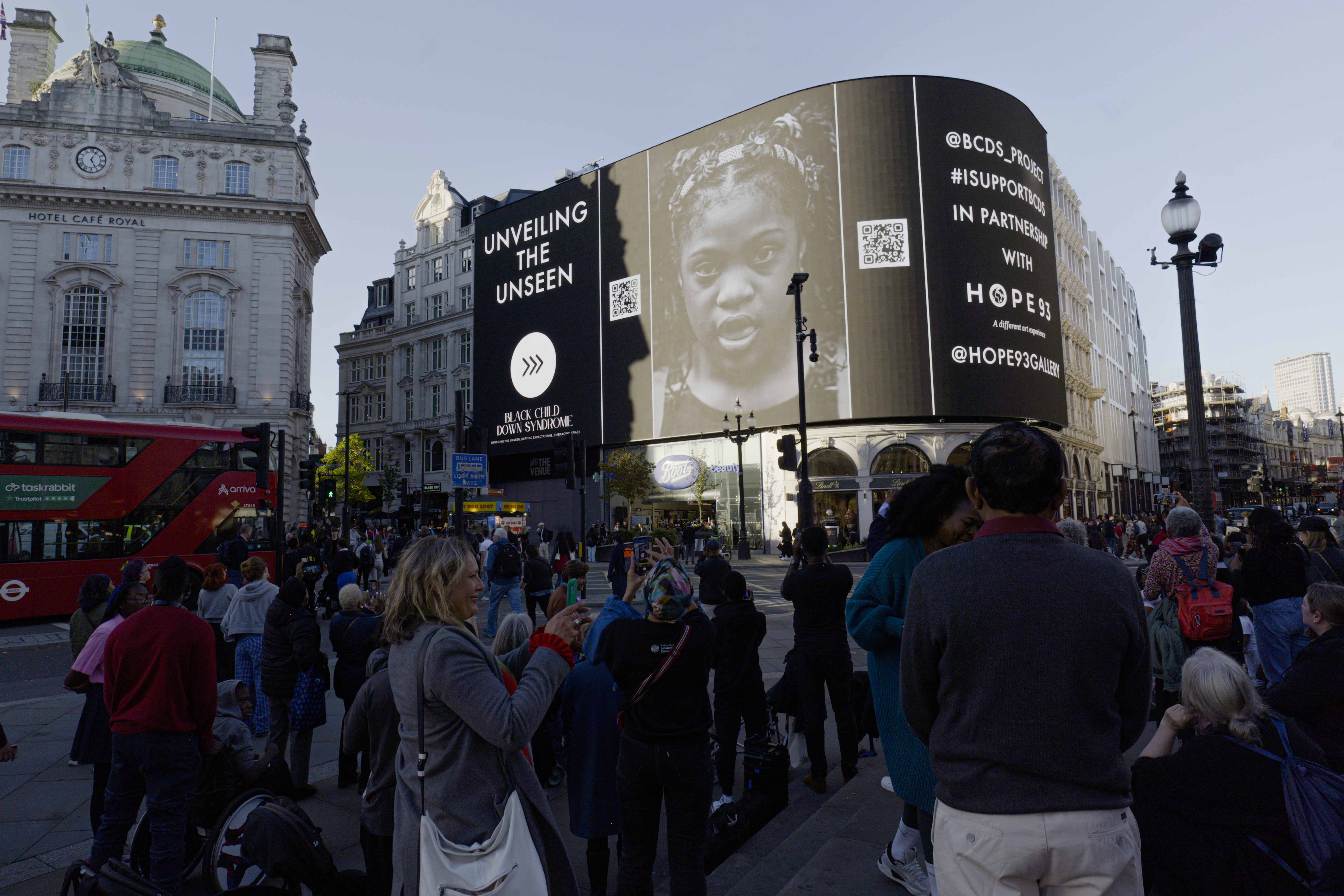 Download
Download
Shot by renowned photographer Misan Harriman, the photos were displayed as part of a 10-minute domination. To mark the moment, children featuring in the campaign came together in Piccadilly Circus to see their images lit up on the screen. The space was donated by Landsec.
The Reflecting Radiance campaign was also carried across our wider estate, raising awareness in Edinburgh, Glasgow, Southampton and London Westfield.
Tonye Faloughi-Ekezie, Co-Founder of the Black Child Down Syndrome Project and Founder of Simone’s Oasis said “Seeing the Black Child Down Syndrome Project up on the Piccadilly Lights during both Black History Month and World Down Syndrome Awareness Month was truly historic, particularly in recognising the intersection of race and disability. To have the families there, watching their children light up as they saw themselves on that screen, was pure love and joy. In a world that feels so divided, this moment reminded us of the power of visibility, unity, and humanity.”
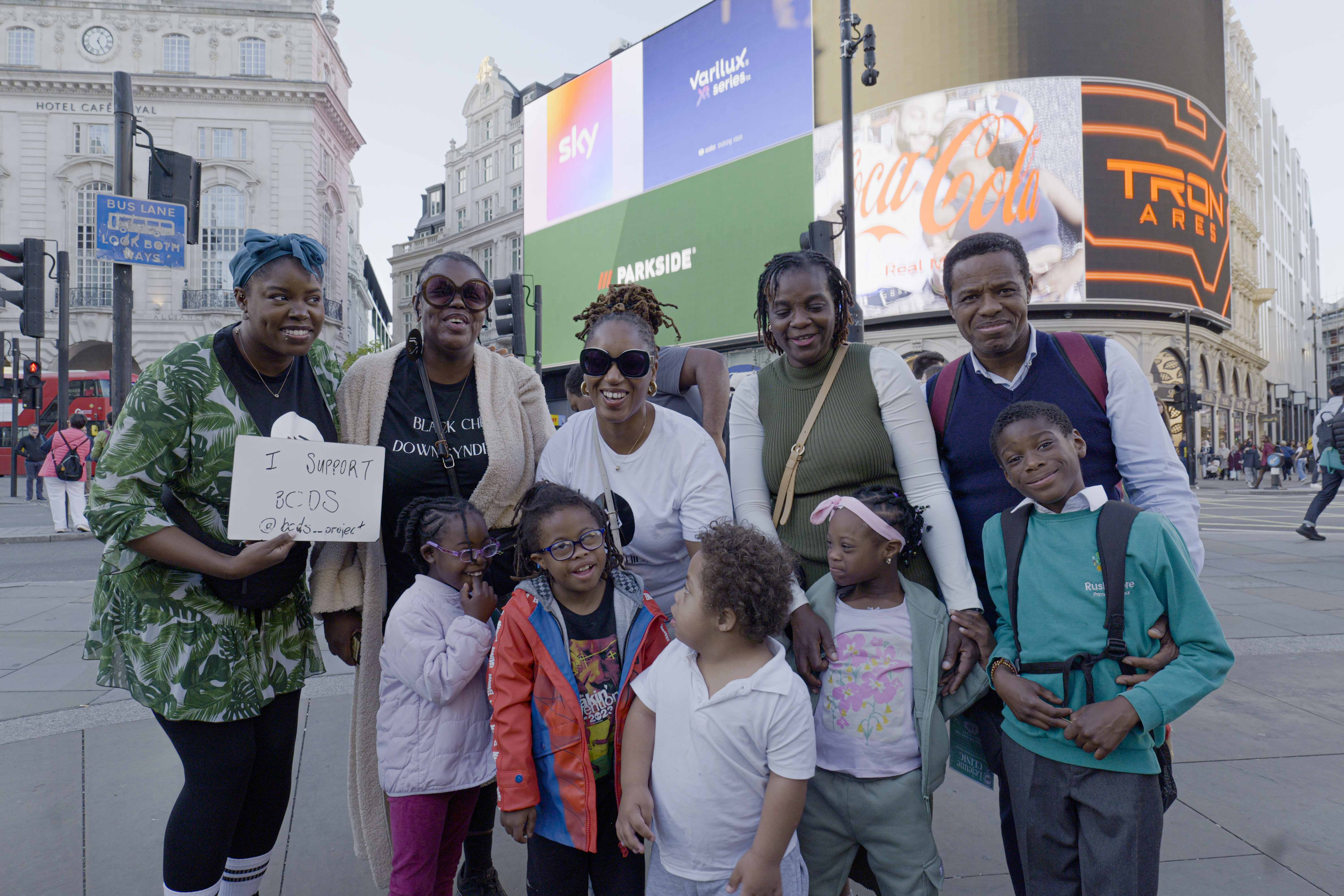 Download
Download
In London’s West End, the 10,000 interns’ foundation took over The Screen at Leicester Square, marked with a photo moment alongside the team behind the transformative movement.
From a small project tackling the lack of Black representation in Investment Management to becoming the UK’s fastest-growing pipeline of Black talent, their impact keeps on growing.
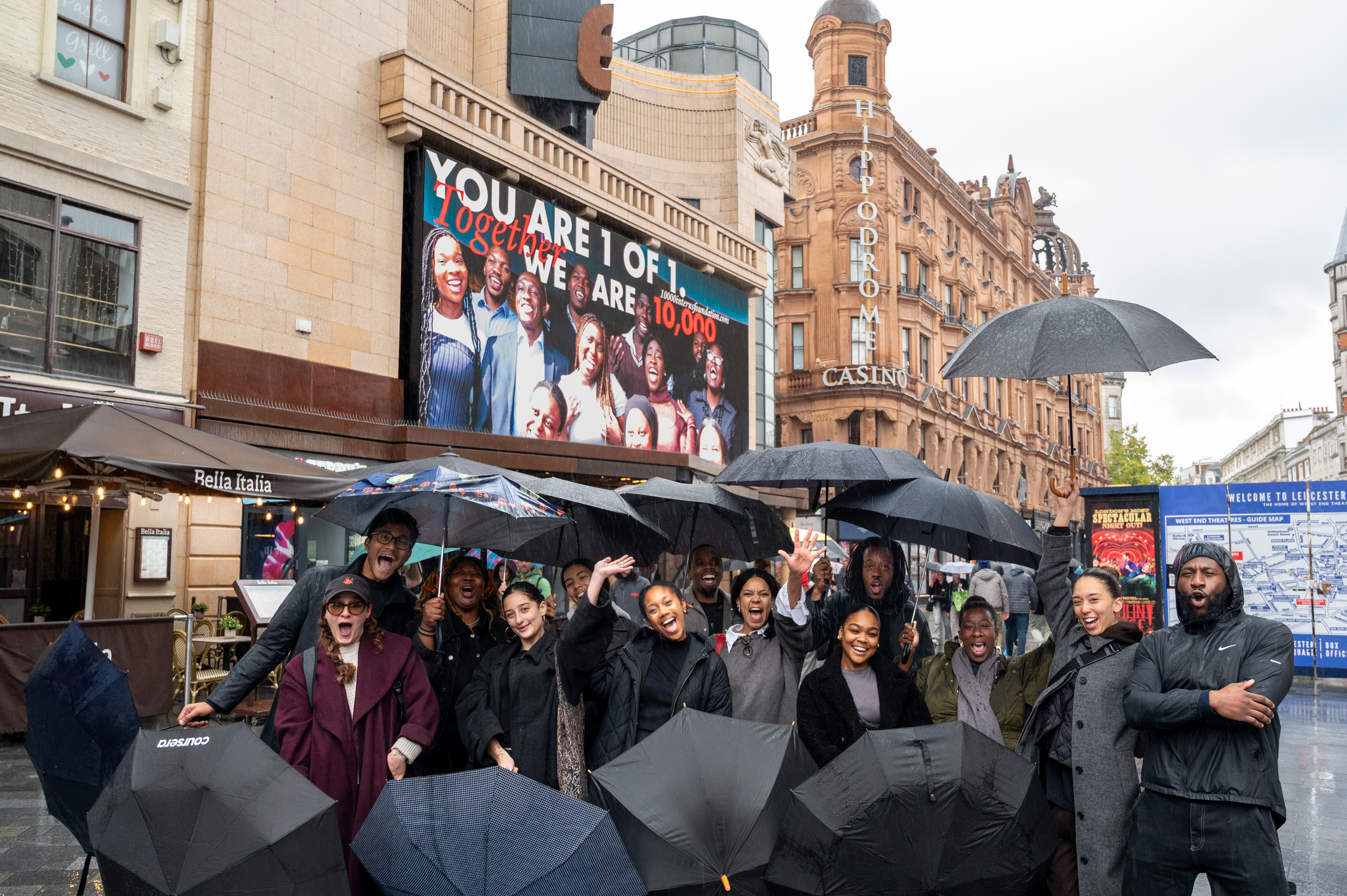 Download
Download
As of 2025, they have reached their goal of 10,000 internship opportunities across 35 sectors. You can read more information about their important work here.
Black History Month is a moment of important cultural significance, and we will continue to listen and learn how we can improve equality, diversity and inclusion in race moving forward.

